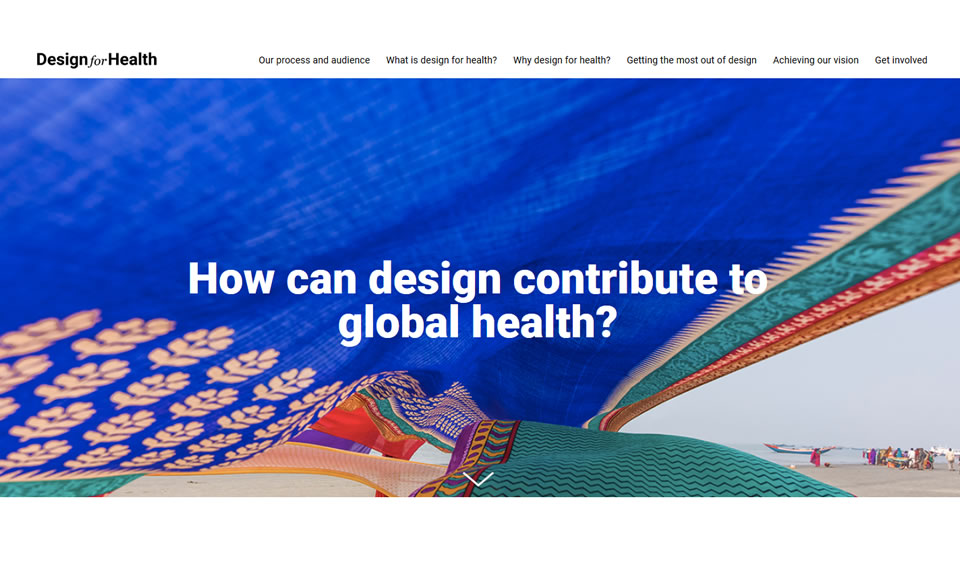- What We Do
- Agriculture and Food Security
- Democracy, Human Rights and Governance
- Economic Growth and Trade
- Education
- Environment and Global Climate Change
- Gender Equality and Women's Empowerment
- Global Health
- About Us
- Health Areas
- Health Systems and Innovation
- Center for Innovation and Impact
- AI in Global Health
- Blended Finance Roadmap
- Financing Framework
- Human-Centered Design
- Innovation Realized
- Intro & Scale
- Investing for Impact
- Market Shaping Primer
- Pathways to Scale
- Ready, Set, Launch
- Software Global Goods Valuation Framework
- Strengthening Primary Health Care
- UAVs in Global Health
- Value-Based Care
- e-Learning Courses
- Unleashing Private Capital
- Newsletter
- Data
- Gender and Health
- Health Systems Strengthening
- Vision for Action
- Center for Innovation and Impact
- Resources
- Humanitarian Assistance
- Transformation at USAID
- Water and Sanitation
- Working in Crises and Conflict
- U.S. Global Development Lab
Speeches Shim
Human-centered design (HCD) is a way of thinking that places the people you're trying to serve and other important stakeholders at the center of the design and implementation process. HCD was developed in the private sector to integrate business and technology around human needs.
Global health faces significant hurdles that stem from the complexity of navigating and coordinating stakeholder ecosystems, the difficulty in changing beneficiaries’ behaviors, the barriers in scaling compelling solutions, and the challenge of appropriately measuring impact. HCD is well suited to tackle these issues by actively engaging beneficiaries, providers, and other constituencies throughout the development process to ensure that their needs and expectations inform design decisions and lead to a higher likelihood of adoption and lasting human impact.
USAID’s Center for Innovation and Impact (CII) is supporting the use of HCD across the Bureau for Global Health's work. The below resources provide examples and more information on this work.
CII's HCD Website: Engage HCD
A CII website highlighting ways in which HCD can be effectively applied across USAID's global health work
DesignforHealth's Website
The Bill & Melinda Gates Foundation and CII partnered to develop these resources to support the understanding, appropriate use, and effectiveness of design in global health.



Comment
Make a general inquiry or suggest an improvement.